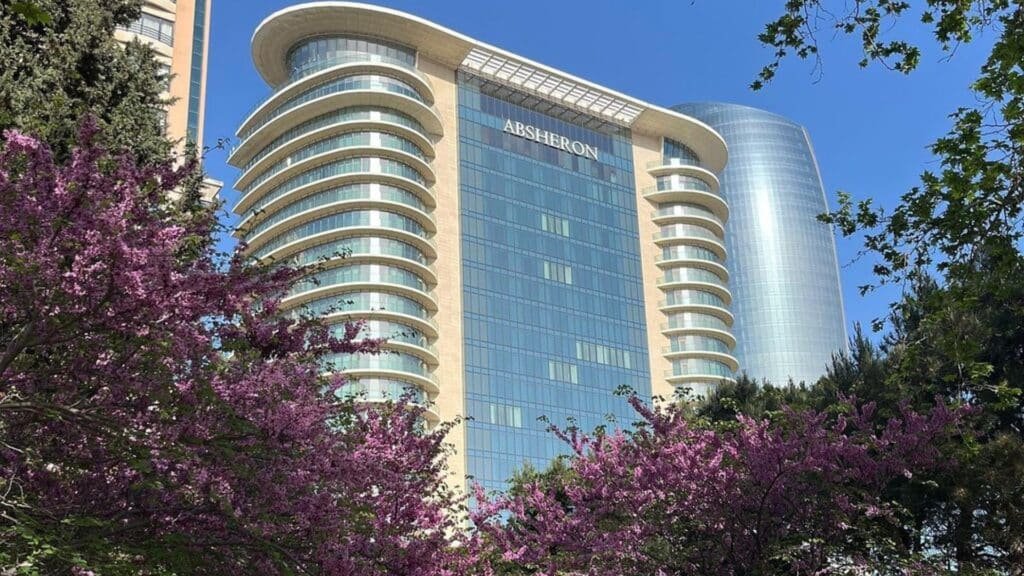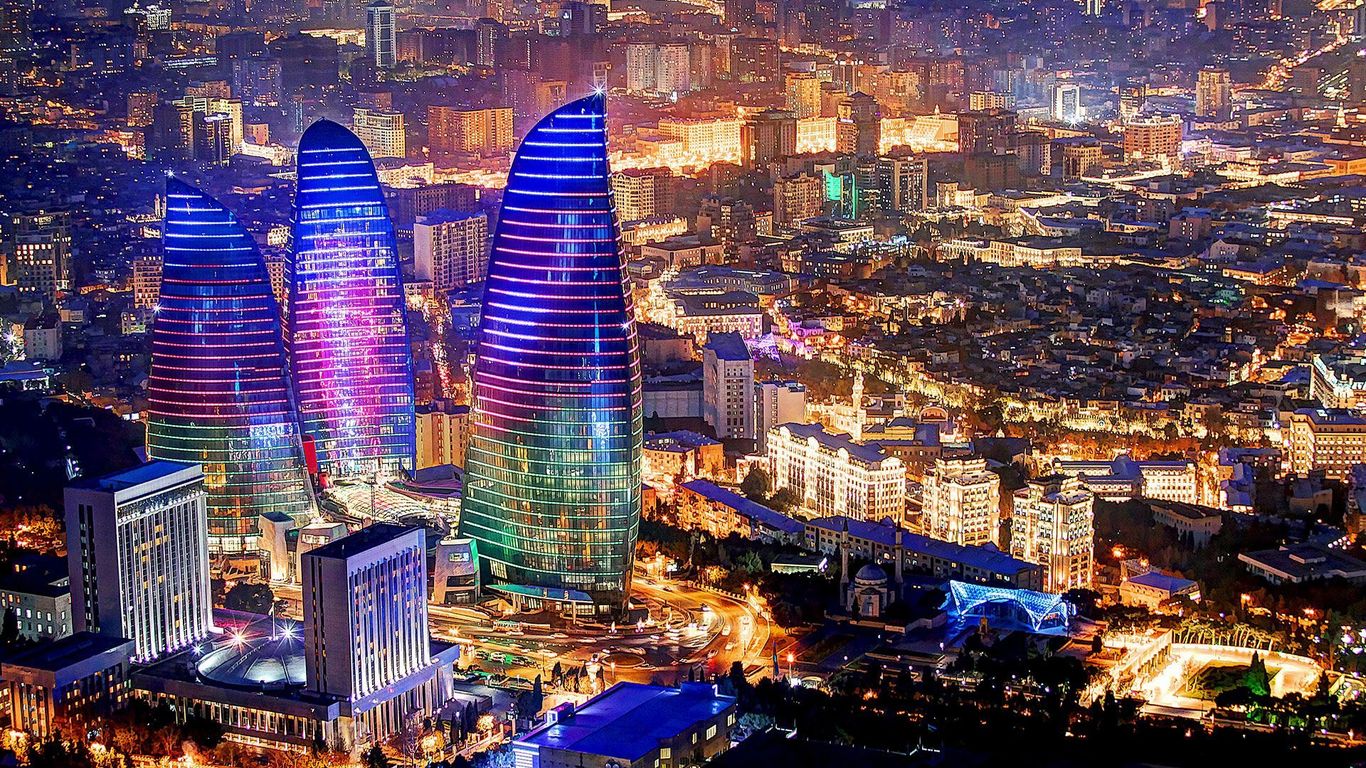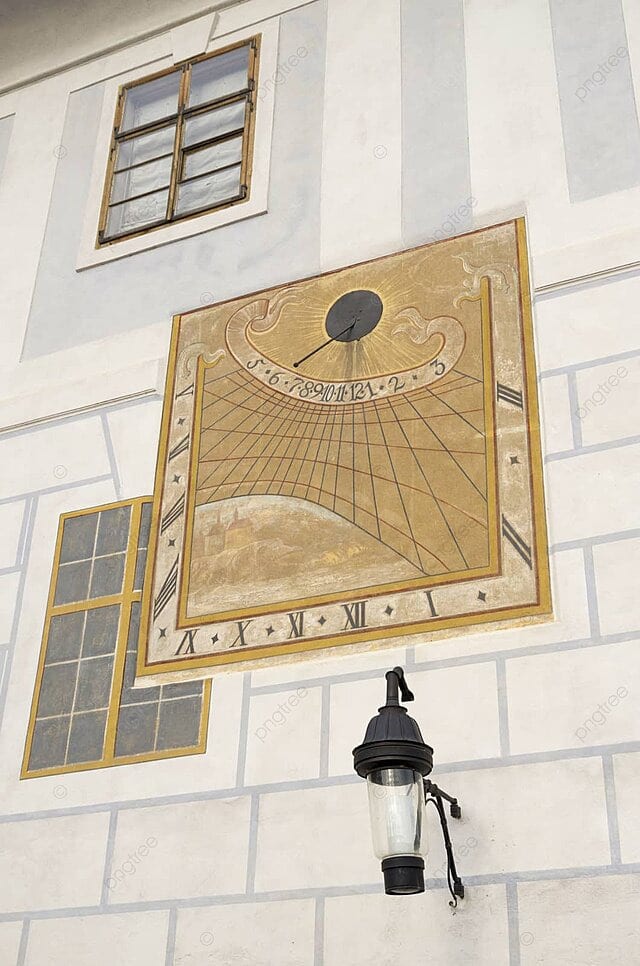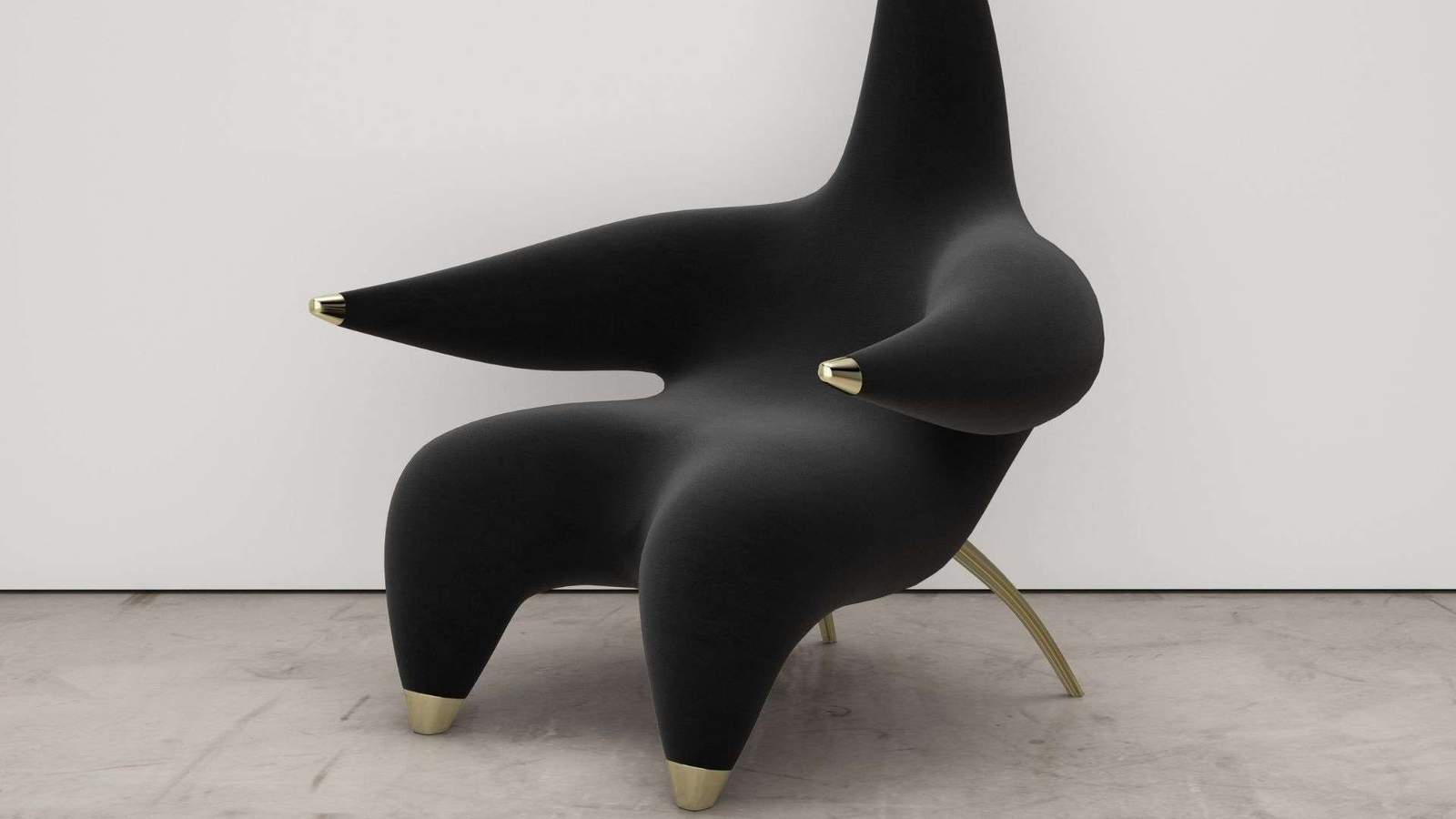Baku Architecture: A Blend of History and Modernity

Introduction
Baku, the capital city of Azerbaijan, is known for its stunning architecture and is located on the southern coast of the Caspian Sea. This city is the largest in the Caucasus region and serves as a compelling example of architectural evolution shaped by centuries of cultural, political, and economic transformation, making Baku architecture particularly fascinating.
This article explores the key phases of Baku’s architectural development, from its medieval origins to its modern-day status as a hub for innovative urban projects.
Traditional Architecture in the Old City
The Old City, or “Icheri Sheher,” represents the historical heart of Baku. It includes significant landmarks such as the Shirvanshahs’ Palace, Maiden’s Tower, caravanserais, mosques, and hammams. These buildings reflect Islamic architectural traditions prevalent in the South Caucasus during the medieval period.
Materials used in this era were primarily local stone and brick, with enclosed courtyards and low-rise layouts typical of the residential and public structures. The narrow, winding streets create a distinctive spatial character that continues to define the area today.
| Monument | Time Period | Architectural Features |
|---|---|---|
| Maiden’s Tower | 12th century | Circular limestone tower with irregular geometry reflecting early engineering techniques |
| Shirvanshahs’ Palace | 15th century | Classical Islamic architecture featuring a central courtyard and interwoven arches |

Socialist and Soviet-Era Architecture
In the early 20th century, following the discovery of oil reserves, Baku experienced rapid industrialization. After Azerbaijan became part of the Soviet Union, the city entered a phase dominated by socialist realism in architecture.
This period introduced large-scale, concrete-based buildings focused on mass housing and government infrastructure. The emphasis was on utility rather than ornamentation, leading to repetitive block-style constructions that reshaped much of the city’s landscape.
Transition to Modernism: European Influences and Local Identity
By the late 20th century, Baku began incorporating European architectural styles into its urban fabric. This transition was marked by the use of decorative elements influenced by Art Nouveau and Art Deco, particularly in the central districts.
Local architects started integrating traditional Azerbaijani motifs—such as floral patterns and geometric designs—into more contemporary forms. This blending of styles helped redefine the city’s architectural identity beyond Soviet-era uniformity.

Futuristic Architecture and Contemporary Urban Development
Since the beginning of the 21st century, Baku has undergone significant architectural transformation driven by economic growth. New projects emphasize innovation, sustainability, and visual impact.
Notable developments include:
- Flame Towers : A trio of high-rise buildings designed with fluid forms and integrated digital lighting systems.
- Heydar Aliyev Center : A structure characterized by continuous curving lines and absence of sharp angles.
- Olympic Stadium Complex : A modern sports facility utilizing lightweight construction materials and metallic frameworks.

These projects reflect a shift toward experimental architecture, aiming to position Baku as a regional hub for cutting-edge urban design.
Balancing Heritage Conservation and Urban Expansion
While modernization efforts have brought new architectural expressions to Baku, they have also raised concerns about the preservation of historical sites. Many Soviet-era buildings have been demolished without thorough evaluation of their historical or architectural value.
Maintaining a balance between progress and heritage protection remains a critical challenge for policymakers and urban planners in shaping the future of the city.
Frequently Asked Questions About Baku’s Architecture
| Question | Answer |
|---|---|
| What is the oldest architectural site in Baku? | The Maiden’s Tower, dating back to the 12th century. |
| Is the Old City still inhabited today? | Yes, thousands of residents continue to live within the historic walls. |
| What is the most common architectural style in modern Baku? | Contemporary and futuristic styles emphasizing fluid forms and glass facades. |
| Are historical buildings protected in Baku? | Some are preserved under UNESCO World Heritage status, but many others lack formal protection. |


Summary Table of Key Points
| Theme | Summary |
|---|---|
| Traditional Architecture | Medieval structures like Shirvanshahs’ Palace and Maiden’s Tower represent Islamic architectural heritage |
| Soviet Architecture | Functional, concrete-based buildings focused on mass housing and government infrastructure |
| Modern Architecture | European-inspired designs incorporating local motifs and decorative elements |
| Futuristic Architecture | Use of advanced technology and non-traditional forms in recent developments |
| Challenges | Need for balanced policies that protect architectural heritage while supporting urban growth |

ArchUp Opinion
Baku offers a compelling case study in architectural evolution, where deep historical layers coexist with bold contemporary interventions. However, the rapid pace of modernization poses risks to the city’s broader architectural legacy, especially when urban developers remove older buildings without adequate assessment.
A comprehensive strategy for architectural preservation should extend beyond internationally recognized sites to include lesser-known structures that contribute to the city’s historical depth. Sustainable urban development does not only mean constructing new buildings—it also means understanding how architecture can narrate the story of a society across time.
Preserving this layered identity is essential to ensuring that Baku continues to evolve as a meaningful and coherent urban environment.







